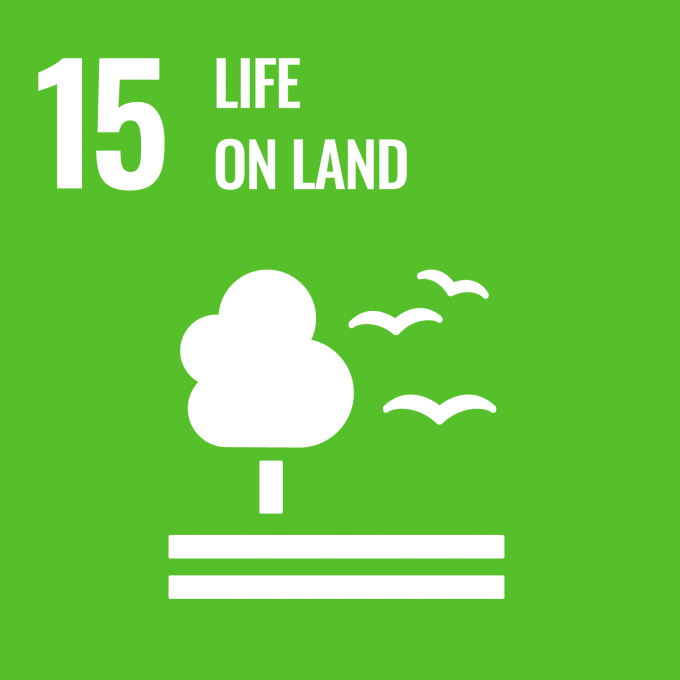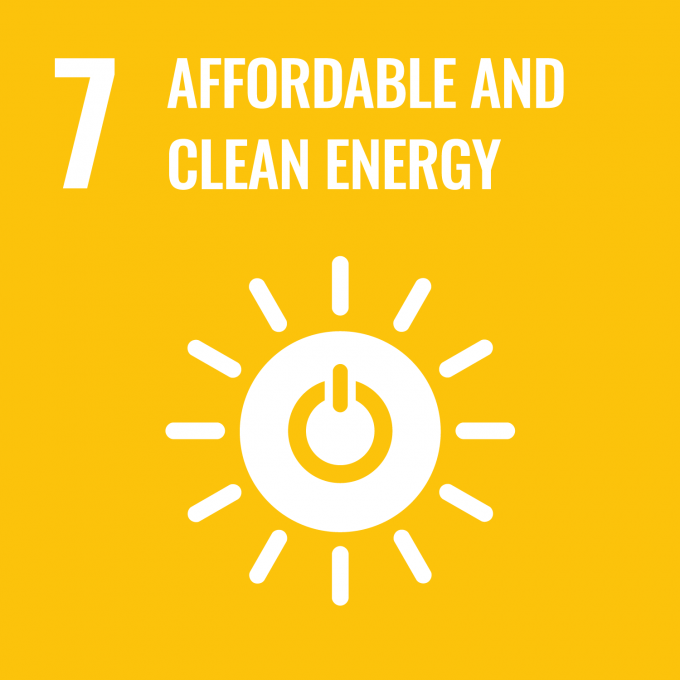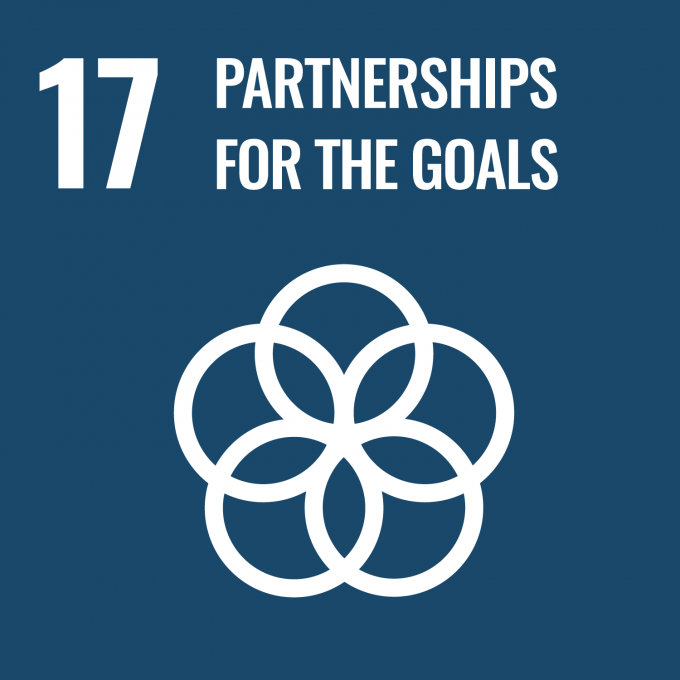Itinerary
Tour day-by-day
-

Day 1: Daintree Rainforest & Cape Tribulation
The journey begins with a departure from Cairns, travelling north along the spectacular Great Barrier Reef Drive. The scenic coastal highway offers wonderful views as the landscape transitions into the lush Daintree Tropical Rainforest. Upon arrival at the Daintree River, guests board a quiet, solar-electric boat for a wildlife cruise. With minimal impact on the environment, this experience offers intimate encounters with nature, including an excellent chance of spotting resident estuarine crocodiles, various bird species, snakes, and bats.
Lunch is served at the renowned Daintree Tea House, a secluded rainforest setting where guests can dine surrounded by the sounds of the forest. The journey continues into the heart of the Daintree National Park, the largest single expanse of tropical rainforest in Australia. A guided walk along the Jindalba nature trail provides insight into the complex ecosystems of this World Heritage Area. The afternoon is spent exploring the coastal community's scenic lookouts and remote beaches before arriving at Heritage Lodge. Guests can enjoy a dip in the creek before settling in for dinner.
Accommodation: Heritage Lodge
Meals: Lunch and dinner -

Day 2: Daintree River & Atherton Tablelands
After a continental breakfast, the tour departs for Cape Tribulation—the iconic point where the rainforest meets the reef. Guests will explore this famous landscape, a dramatic natural amphitheatre dominated by the peaks of Mt Sorrow and Mt Hemmant. The journey then continues south, stopping for lunch at Beechwoods Café in Mossman before ascending into the cool highlands of the Atherton Tablelands.
A highlight of the afternoon is a visit to the magnificent Curtain Fig Tree. Guests will marvel at this ancient rainforest survivor and learn about the complex ecosystem it supports, surrounded by the sounds of the local birdlife. The group then checks into Chambers Wildlife Rainforest Lodges, an eco-lodge catering specifically to wildlife enthusiasts, set within 1200 acres of highland rainforest. After dinner at the historic Yungaburra Hotel, guests embark on an essential Far North Queensland experience: a guided nocturnal wildlife tour. This optional excursion offers a chance to discover the diverse array of animals that thrive in the cool of the night.
Accommodation: Chambers Wildlife Lodge
Meals: Breakfast, lunch and dinner -

Day 3: Atherton Tabelands Wildlife & Conservation
Following breakfast, the day's first stop is the Malanda Conservation Park. This protected forest is a vital habitat and one of the most reliable locations for spotting the elusive Lumholtz Tree Kangaroo. The walk here also offers views of Malanda Falls and opportunities to see the Freshwater Snapping Turtle and Grey-headed Robin. The tour continues to the famous Lake Barrine, a volcanic crater lake that is an outstanding location for wildlife viewing, with reptiles, eels, fish, and endemic birds often spotted along its walking trails.
After a lakeside lunch at the Lake Barrine Tea House, the final experience is a visit to the award-winning Tolga Bat Hospital. This is a unique opportunity to learn about the conservation of Australia's flying-foxes and microbats. Guests will see the rescue and rehabilitation work first-hand and gain an appreciation for these vital nocturnal mammals. The tour concludes with the return journey down the range to Cairns, arriving in the late afternoon.
Meals: Breakfast and lunch
-

Tour details
Group Size: Minimum of 4 guests, Maximum of 8 guests
Pick-up and Drop Off Point: Cairns/Northern Beaches/Port DouglasHow you'll be making a positive impact
We have aligned our sustainability vision with the United Nation’s Sustainable Development Goals (SDGs). Citizen Science with FNQ Nature Tours
Citizen Science with FNQ Nature Tours
FNQ Nature Tours contributes observations of flora & fauna via iNaturalist, the world’s leading global social biodiversity network. This platform allows our team to create research-quality citizen science data that enables a more detailed picture of our national biodiversity, and assists bodies such as the CSIRO, ecologists and other decision makers to deliver better outcomes for the environment and our species.
 Connecting with Australian Quoll Conservancy & Tree Roo Rescue
Connecting with Australian Quoll Conservancy & Tree Roo Rescue
As part of FNQ Nature Tours' 4 Day Nature, Wildlife & Conservation Safari, guests spend some time with wildlife experts such as Alberto Vale from Australian Quoll Conservancy and Dr Karen Coombes from Tree Roo Rescue. These experiences give guests an incredible and rare insight into the conservation work going on behind-the-scenes for some of Australia's endangered wildlife species.
 Solar-powered Daintree River Cruise
Solar-powered Daintree River Cruise
FNQ Nature Tours have a preferred arrangement with Solar Whisper for their Daintree River Cruises, which uses solar panels on the boat’s roof to provide the overwhelming majority of energy used, and an extremely quiet experience with no exhaust, fume, wake.
 Developing Partnerships To Meet Sustainability Goals
Developing Partnerships To Meet Sustainability Goals
FNQ Nature Tours have developed a number of partnerships with key environmental organisations in Far North Queensland, including FNQ Wildlife Rescue, Bush Heritage, Forever Wild, Australian Quoll Conservancy, Tolga Bat Hospital, Tree Roo Rescue and Wildlife & Raptor Care Queensland.
Media Gallery
-

Ultimate Summer Snorkelling Adventures
From $4,145 USD
10 days/9 nights
Available months: January to April, October to December.
-

East Coast Family Adventures
From $3,620 USD
12 days/11 nights
Available months: March to October.
-

Atherton Tablelands Nature and Wildlife
From $940 USD
Full Day
Available months: January to December.

 About FNQ Nature Tours
About FNQ Nature Tours













